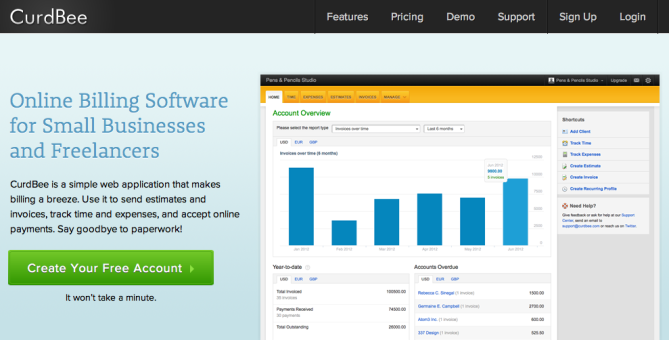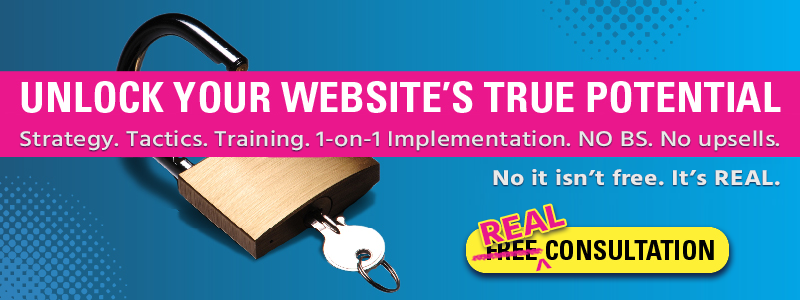Last Updated on October 24, 2017 by
The value proposition is a key element of any strong business plan.

Here’s the deal:
A great value proposition, also known as unique selling proposition (USP), is crucial for any business entity attempting to clearly communicate to customers why they are different, better and, most importantly, worth purchasing from. Exploring the concept should be especially vital for small business owners attempting to make their name in the marketplace; without any sort of brand recognition, a business is forced to paint a very clear picture as to how and why it’s worth the consumer’s time.
What is a “Value Proposition” you ask?
The “technical” definition of a value proposition is:
“The promise of value to be delivered and the belief from the customer that value will be experienced.”
In realistic practice, a value proposition is the art of communicating the reasons consumers should buy from you, your business, or your company – the concept can, and should, permeate a company’s whole website. Having an effective value proposition is also one of the best ways to increase website conversions.
Value Proposition Examples
Here’s the basic formula in which to communicate an effective value proposition:
- A headline describing the end benefit of your product or service, which needs to grab attention and focus on What’s in it for Me (WIIFM).
- A subhead or couple of paragraphs describing the specifics of what you’re offering, why it’s good and whom it’s for.
- Two to four bullet points outlining the key features or benefits.
- A visual element – such as a graphic or landing page video.
*Note that all 4 of these elements are not always require or used.
Your Value Proposition is NOT:
- It’s not a slogan or headline.
- It’s not just a headline.
- It’s not marketing fluff or overly wordy.
Given that, take a look at this solid value proposition example:

This one is great and very clear. Notice though that this one doesn’t have bullets.
Building YOUR Solid Value Proposition
The stronger you can make your value proposition, the greater your potential conversion rate.
A great value proposition has a number of key responsibilities. Here’s what should be addressed:
- Give your offering relevancy to customers by stating blatantly what problem it solves or how it will improve their current situation.
- Quantify the value for your customers by bullet-pointing specific benefits – but steer clear of such methods as“You’ll save money” and instead opt for “You’ll save $30/month on your phone bill!”
- Place priority on your POINT OF DIFFERENCE, which is the reason your solution is better than the competition, in some outstanding way.
Other Essential Elements When Creating an Effective Value Proposition
- Make It Plain as Day – Have you ever stumbled on to the homepage of a company’s website and wonder what it is they’re even selling? Explain to your potential customers, in the first few seconds, exactly what kind of offering they’ve come across. (you only have a few second anyways)
- Think About “Why This Over That?” – You must recognize that many companies will be competing for the general problem you want to solve; to stand out, focus on your biggest point of difference. Don’t waste your time telling people things you do that are the same as your competition.
- Focus on WIIFM, or “What’s in it for me” – No one cares about how great you think you are. They only want to know one thing: How can you help them by answering their pain point. What problem does your product or service solve for them. This is what you focus on!
- Use Your Customer’s Language – Jargon is the antithesis of an effective value proposition.
- Strengthen Your Case – Use a few “persuasive elements” to add authority to your value proposition such as customer testimonials, assurance and social proof.
- Pick an Established Benefit – Since you’re trying to differentiate yourself from competitors, focus on “established benefits” that everyone can recognize such as newness (“There’s nothing else like it!”), customization (how your product or service allows customers to create things on their own), design and usability (how cool your product looks) and status (how your products’ price/status increases their demand).
What should you do next?
Having a great website, and effective online visibility & internet marketing is one of the most important things every successful website needs. However, ultimately, you want your company to be successful, you need to focus on your website conversion rate and your value proposition is step 1 in that journey.
